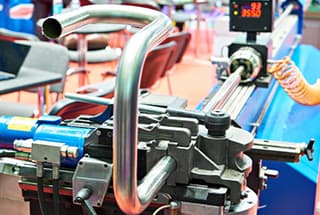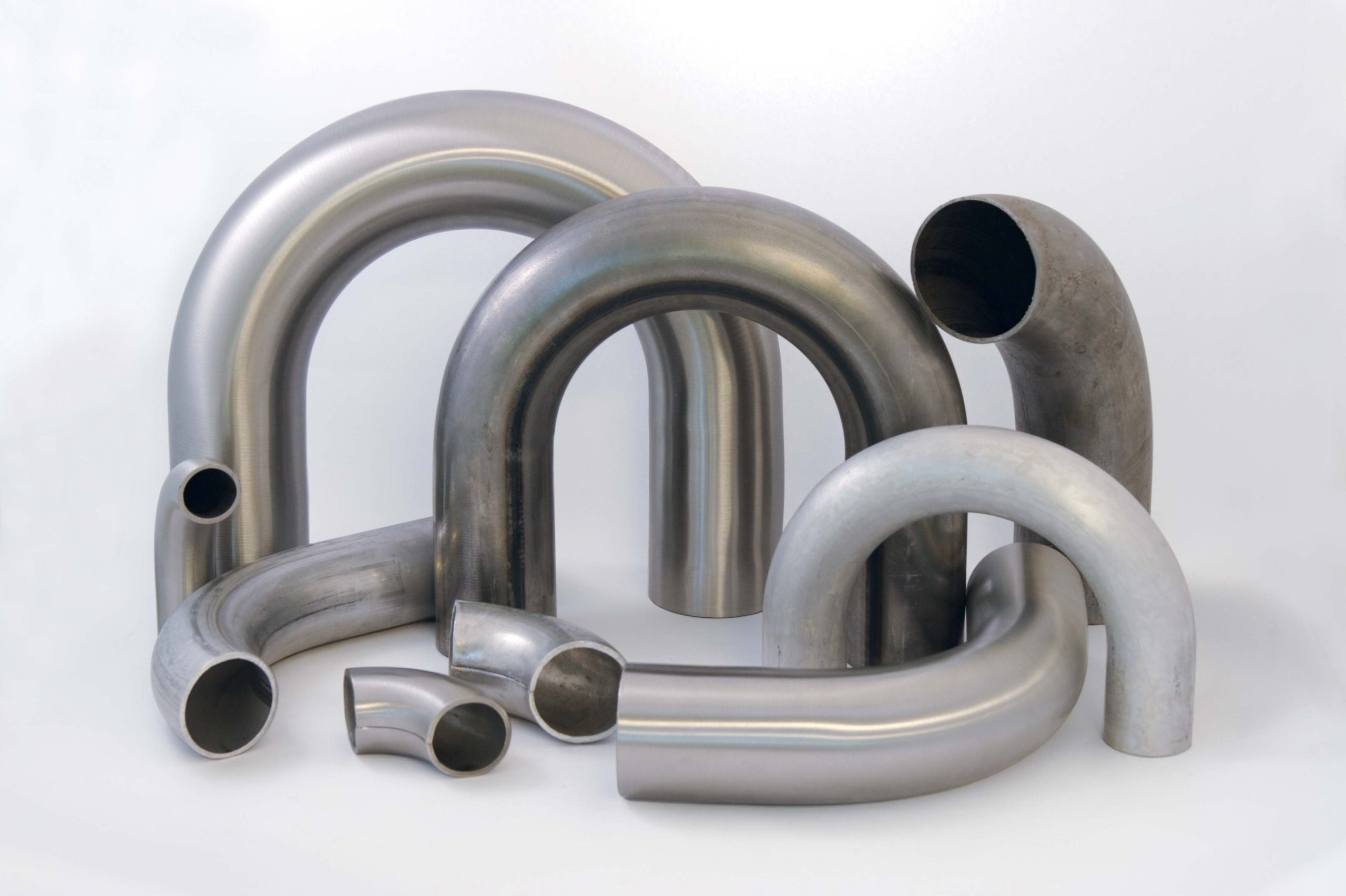
Have you ever marveled at the graceful curves of a stainless steel handrail or the sleek lines of a metal sculpture? Behind these beautiful designs lies the art and science of bending stainless steel tubing. In this article, we’ll explore the fascinating world of tube bending, guided by the insights of seasoned experts in the field. Discover the techniques, challenges, and innovations that shape this crucial aspect of modern manufacturing.
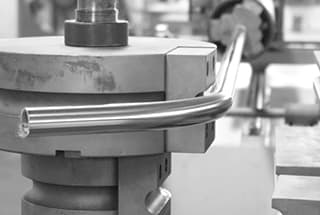
Stainless steel tubing is widely used for various applications due to its corrosion resistance, strength, and aesthetic appeal. The material properties of stainless steel vary depending on factors such as alloy composition and heat treatment. It is crucial to understand these properties to ensure successful bending processes.
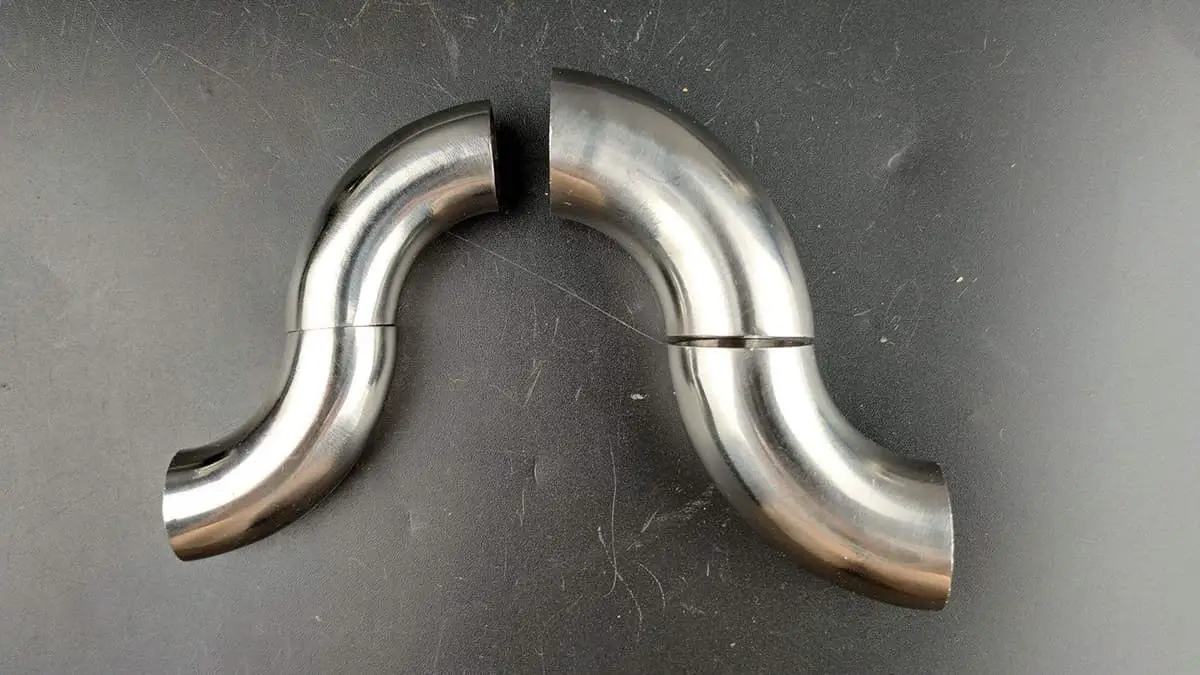
Various bending techniques can be employed to shape stainless steel tubing, each with its own advantages and limitations. Here are some common methods:
When selecting a bending technique, factors such as the desired bend radius, material properties, and application should be considered. Each method has its benefits and drawbacks, and employing the most suitable technique will result in successful bending of stainless steel tubing.
When bending stainless steel tubing, it is essential to use the appropriate equipment and tools. This section will briefly outline two types of tube benders: manual and hydraulic, without any conclusion or summary.
Manual tube benders are a popular choice for those who require precision and affordability. These hand-operated devices work by exerting force on the tubing and shaping it into the desired bend. Some features of manual tube benders include:
However, manual tube benders may not be suitable for larger diameter or thicker-walled tubes, as they require considerable physical strength to operate.
Hydraulic tube benders use hydraulic fluid and pressure to bend stainless steel tubing, making the process more efficient and less labor-intensive. Some advantages of hydraulic tube benders include:
On the other hand, hydraulic tube benders can be more expensive and may require regular maintenance to ensure proper hydraulic fluid levels and smooth operation.
Using the appropriate equipment and tools for bending stainless steel tubing is crucial for achieving accurate and consistent results. Both manual and hydraulic tube benders have their respective advantages and limitations, and the choice will ultimately depend on factors such as budget, the specific type of tubing, and project requirements.
Industrial stainless steel tubing is widely used in various fluid drainage systems due to its good corrosion resistance, making it a popular choice in environments with high levels of corrosion.
However, when bending the stainless steel tubing for the use of corrosive liquids, it is important to consider the bending radius.
Bending the stainless steel tubing is a common processing form in the industry, but it is not as simple as it may seem. It requires careful study and experience, as different models of stainless steel tubing have different levels of ductility and hardness, with some being more prone to stretching and others to cracking.
In order to prevent cracking during bending, it may be necessary to use a larger bending radius when bending in the direction of the bend. When bending in the transverse direction, the reduced ductility can allow for a tighter internal bend without damaging the outer surface of the bend.
When bending thick materials, it may be necessary to preheat the material prior to bending to make the process easier and reduce the amount of force required.
The stainless steel tubing will experience springback when it is released from the bending force. The springback is the result of elastic strain release, which is directly related to the material’s yield strength. To achieve the desired bend angle, a larger angle may be required, especially for high yield strength stainless steel tubing.
The required angular clearance increases with the increase in radius, and with a large radius, the amount of springback may be significant. If the bent material is stiff, it may require heat treatment.
However, in some cases, the heat bending method may only achieve the desired bend angle and radius temporarily. Once the material cools, it may experience slight springback.
Hot forming of stainless steel tubing eliminates strain hardening, cracking, and deformation and changes its molecular structure through high temperatures.
Compared to cold forming, it is easier to handle hot-formed stainless steel tubing with a bending machine. However, there are limitations to hot forming as heating the stainless steel tubing to near its melting point can cause it to break.
High temperature can also lead to surface oxidation and decarburization, which can cause various problems with the product. This method is generally used cautiously when bending stainless steel tubing.
For industrial stainless steel tubing, it is necessary to determine the value of the internal bending radius. The radius of longitudinal bending should be larger than that of transverse bending. The hardness and thickness of the stainless steel industrial tubing determine the required bending radius.
To determine the bending radius, there is a technique to subtract 50% from the material stretching ratio provided by the supplier.
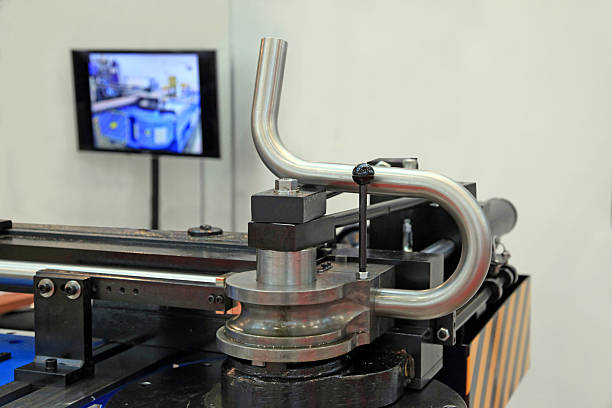
The 304 stainless steel round pipe is a hollow, round stainless steel pipe that is widely used in various building decoration applications such as fences, stair handrails, and courtyard doors.
The bending process must be smooth, accurate in terms of angle, and free of cracks.
Next, I will explain the bending technology for 304 stainless steel round pipes.
1. Hot bending method:
First, in preparation for bending the 304 stainless steel round pipe, secure the arc car’s rollers onto an iron plate based on the outer diameter of the pipe. Fill the pipe with sand and plug both of its ends with wooden plugs. Then, preheat the section of the pipe that is going to be bent with a flame.
2. Cold bending method:
Before using the pipe bending machine, it is important to thoroughly test the machine. To avoid cracking, there should be a gap equal to the thickness of the plate at the bottom and a bending notch with a depth of 8 times the thickness of the plate should be selected.
See also:
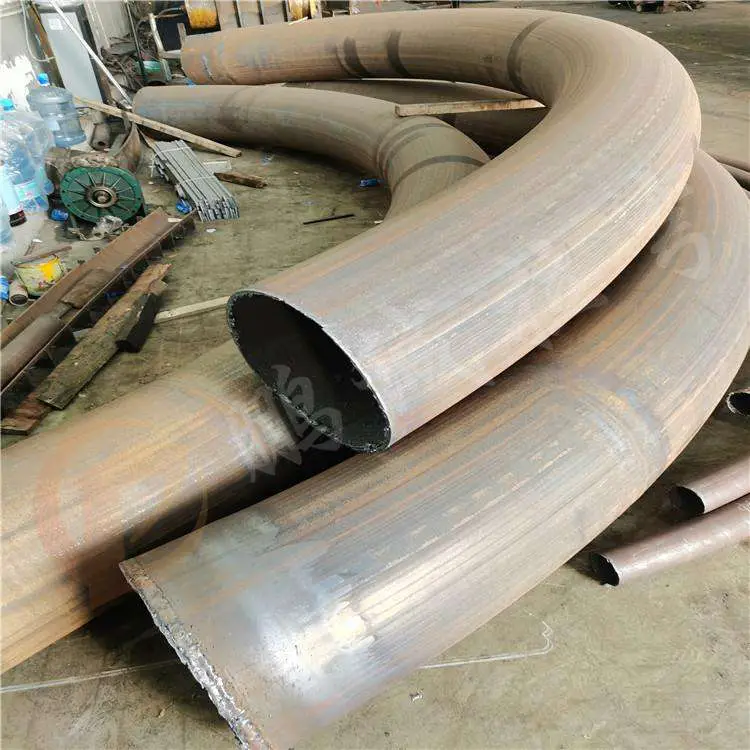
1. During machining, the friction between the workpiece and the tool will generate high heat, and the tool is easy to wear.
Therefore, the requirements for tool materials are more strict, requiring wear resistance and high temperature resistance.
And must meet the requirements of sharp edges.
2. The bending process is slow and requires a large force, leading to low production efficiency.
In addition, due to the high heating capacity, sulfur chloride is generally used as a good cooling oil, and the effect is better.
Therefore, it is important for workers who process 304 stainless steel round pipes to have a good level of experience and technical skill.
1. Bend:
The general requirements for 304 stainless steel round pipe bending radius (R) are that it should be at least 1.5 to 2 times the diameter.
If the bending radius (R) is too small, the bend will be flat.
The bending radius (R) of the same stainless steel pipe should be consistent in order to meet the consistency of the wheel die.
The straight edge length of the bend must be at least 2 times the diameter, otherwise the bend die cannot be clamped smoothly.
2. Process hole:
Process holes shall be reserved for 304 stainless steel round pipe welds to better discharge welding slag generated during welding.
3. Processing performance:
First, consider the machinability of 304 stainless steel round pipes.
Stainless steel has high plasticity, toughness, cutting energy consumption, cutting temperature, low thermal conductivity, poor heat dissipation, and can easily cause tool temperature rise.
These factors can affect the bonding and weldability of stainless steel and cause blockages during the cutting process, leading to a reduction in the surface finish of the stainless steel pipes.
The bend radius is an essential aspect of stainless steel tubing quality. It is the measurement of the curvature of the tube bend. The minimum bend radius is determined by the tube’s diameter, wall thickness, and material properties. Selecting an appropriate bend radius is crucial to prevent deformation, cracking, and weakening of the tubing during the bending process.
Springback is the phenomenon in which a bent tube attempts to return to its original shape after being released from the bending forces. This can lead to undesired changes in the final bend angle and radius, negatively affecting the overall quality of the bend. Proper inspection and measurement are necessary to ensure the bend meets the desired specifications.
When inspecting the bend quality in stainless steel tubing, it is vital to ensure that both bend radius and springback meet the required standards. Employing the appropriate bending techniques and accounting for material properties can help achieve accurate, consistent, and high-quality bends in stainless steel tubing.
When bending stainless steel tubing, it is crucial to identify any issues that may affect the final product. Some common bending problems include:
To ensure longevity, reliability, and proper functioning of bent stainless steel tubing, the following corrective measures can be implemented:
By implementing these corrective measures, one can mitigate common bending issues and maintain the desired quality in stainless steel tubing products.
There are various industry codes and standards that apply to bending stainless steel tubing. These codes ensure that the bending processes achieve precise and reliable results. Some prominent industry codes and standards include:
Adhering to these industry codes and standards ensures that the bent stainless steel tubing will meet the required structural and performance specifications.
When bending stainless steel tubing, it is crucial to consider the material specifications that will affect the final product. Some of the essential material specifications include:
Selecting the appropriate material specifications for the stainless steel tubing is essential to achieving the desired performance and structural characteristics in the final bent product.


